Asia’s top chip stocks tumbled yesterday, ensnared in an escalating US-China tech race that has erased more than US$240 billion from the sector’s global market value.
Taiwan Semiconductor Manufacturing Co (TSMC, 台積電), the world’s largest contract chipmaker, plunged a record 8.3 percent, while Samsung Electronics Co and Tokyo Electron Ltd also declined.
The selloff spread to the foreign-exchange market as investors tally up the damage from the sweeping curbs the US is imposing on companies that conduct technology business with China.
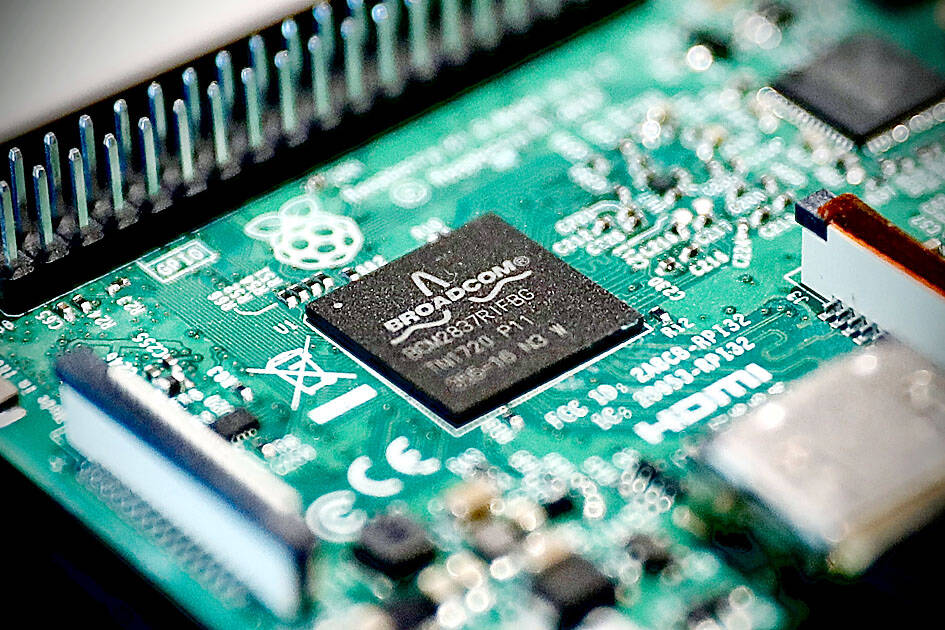
Photo: RITCHIE B. TONGO, EPA-EFE
The measures imposed by the administration of US President Joe Biden erect barriers of entry to China’s market by limiting the ability of US firms to sell equipment and tech to their Chinese counterparts. There are concerns that the restrictions could spread if Washington widens the initiative to include other countries, while questions also remain over the scope and final impact of the moves.
“It is difficult to call a bottom on the performance of the chip sector,” Global CIO Office chief executive officer Gary Dugan said. “The big story is that the West is becoming profoundly more concerned about security around any form of technology. We see no reason to re-enter the sector for the moment despite the profound poor performance.”
US chip stocks were on track to decline for a third day, with Nvidia Corp, Advanced Micro Devices Inc, Qualcomm Inc and Texas Instruments Inc all down more than 1 percent yesterday before the bell.
Chip toolmaker ASML Holding NV traded down 2.3 percent in Amsterdam, bringing three-day losses to more than 11 percent.
The US announced the export curbs on Friday and there have been suggestions that similar actions might be deployed in other countries to ensure international cooperation.
The announcement spurred a two-day rout of more than 9 percent in the Philadelphia Stock Exchange Semiconductor Index, which closed on Monday at its lowest level since November 2020.
Samsung lost as much as 3.9 percent, the most in a year, while SK Hynix Inc, one of the world’s largest makers of memory chips that has facilities in China, slid 3.5 percent before paring losses.
In Tokyo, Renesas Electronics Co shed almost 6 percent, with Tokyo Electron losing a similar amount.
The current rout has already wiped out more than US$240 billion from chip stocks worldwide since Thursday’s close, data compiled by Bloomberg showed.
The selloff extended to currency markets, with the South Korean won sliding as much as 1.8 percent versus the greenback while the New Taiwan dollar declined 0.7 percent.
The curbs are a “big setback to China” and “bad news” for global semiconductors, Nomura Holdings Inc analyst David Wong (黃作慶) wrote in a note on Monday.
China’s localization efforts might also be “at risk as it may not be able to use advanced foundries in Taiwan and [South] Korea,” Wong wrote.
Shares of Chinese chipmakers extended their recent losses yesterday, with Morgan Stanley saying that the broader restrictions around supercomputers and multinational capital investment in China could be “disruptive.”
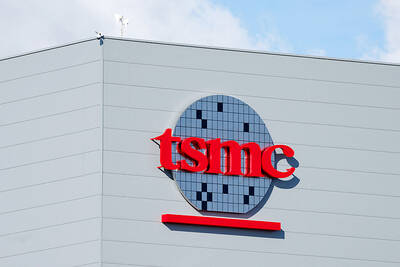
Taiwan Semiconductor Manufacturing Co (TSMC, 台積電) secured a record 70.2 percent share of the global foundry business in the second quarter, up from 67.6 percent the previous quarter, and continued widening its lead over second-placed Samsung Electronics Co, TrendForce Corp (集邦科技) said on Monday. TSMC posted US$30.24 billion in sales in the April-to-June period, up 18.5 percent from the previous quarter, driven by major smartphone customers entering their ramp-up cycle and robust demand for artificial intelligence chips, laptops and PCs, which boosted wafer shipments and average selling prices, TrendForce said in a report. Samsung’s sales also grew in the second quarter, up
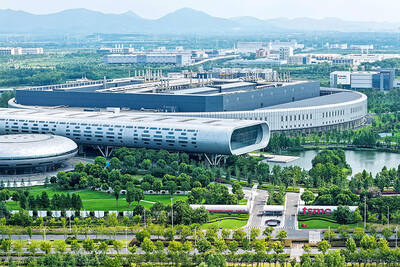
LIMITED IMPACT: Investor confidence was likely sustained by its relatively small exposure to the Chinese market, as only less advanced chips are made in Nanjing Taiwan Semiconductor Manufacturing Co (TSMC, 台積電) saw its stock price close steady yesterday in a sign that the loss of the validated end user (VEU) status for its Nanjing, China, fab should have a mild impact on the world’s biggest contract chipmaker financially and technologically. Media reports about the waiver loss sent TSMC down 1.29 percent during the early trading session yesterday, but the stock soon regained strength and ended at NT$1,160, unchanged from Tuesday. Investors’ confidence in TSMC was likely built on its relatively small exposure to the Chinese market, as Chinese customers contributed about 9 percent to TSMC’s revenue last
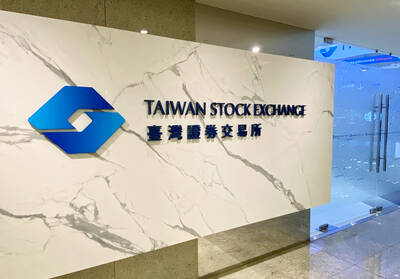
Taiwan and Japan will kick off a series of cross border listings of exchange-traded funds (ETFs) this month, a milestone for the internationalization of the local ETF market, the Taiwan Stock Exchange (TWSE) said Wednesday. In a statement, the TWSE said the cross border ETF listings between Taiwan and Japan are expected to boost the local capital market’s visibility internationally and serve as a key for Taiwan becoming an asset management hub in the region. An ETF, a pooled investment security that is traded like an individual stock, can be tracked from the price of a single stock to a large and
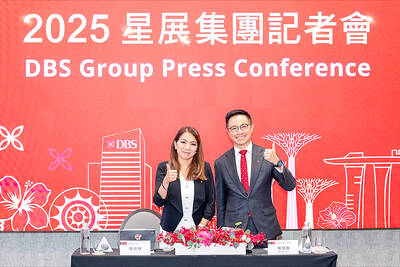
Despite global geopolitical uncertainties and macroeconomic volatility, DBS Bank Taiwan (星展台灣) yesterday reported that its first-half revenue rose 10 percent year-on-year to a record NT$16.5 billion (US$537.8 million), while net profit surged 65 percent to an unprecedented NT$4.4 billion. The nation’s largest foreign bank made the announcement on the second anniversary of its integration with Citibank Taiwan Ltd’s (花旗台灣) consumer banking business. “Taiwan is a key market for DBS. Over the years, we have consistently demonstrated our commitment to deepening our presence in Taiwan, not only via continued investment to support franchise growth, but also through a series of bolt-on acquisitions,” DBS